Based on a story co-written by Lars von Trier and Jenle Hallund, and marking von Trier’s Cannes comeback after more than six years, “The House That Jack Built” is a brutal deep dive into the abyss. The narrative unfolds across five “incidents” and an epilogue, each circling back through memory and madness. Even its 1970s setting feels detached from time, caught in a psychological horror stasis where the grotesque becomes strangely methodical.
The pizzeria freezer turns into a character in itself—shaping our engagement with the violence, and our gradual indifference to it. Matt Dillon’s electrifying performance heightens the film’s oppressive artistry. For a character as complex as Jack, Dillon’s almost one-toned portrayal becomes deliberate. His restraint sharpens the unnerving precision of both emotional and physical cruelty.
Despite its calculated indifference to murder and its exhibitionist choreography of death, the film emerges as a paradox of compassion. On one level, our proximity to Jack forces a moral question: Is his OCD a clinical disorder or a rejection of human restraint itself? On another hand, the invocation of Dante’s Inferno lends the film a philosophical weight, confronting misogyny and violence not as aberrations but as extensions of power and ego. Rather than glorifying social, political, or psychological implications, the film functions as a mirror, reflecting art’s complicity in beautifying domination.
The softness of von Trier’s visual palette and his patience with philosophical tension make the film’s design hauntingly alive. Now that misplaced sensitivity toward depictions of violence is finally dissolving from cinematic discourse, “The House That Jack Built” stands as more relevant than ever. Here’s an attempt to deconstruct it.
The House that Jack Built (2018) Movie Plot Summary and Synopsis :
Jack, a failed architect from Washington State, recounts to Virgil—whom he calls Verge—several significant incidents from his life as a serial killer.
Who is the first victim?
An abrasive woman asks for help fixing her flat tire. Jack takes her to a blacksmith to repair her broken jack, but she mocks him on the way with irritating remarks. Offended, Jack kills her with the same tire jack and stores her body in an industrial freezer inside a factory building he purchased from a pizzeria.
What happens after Jack kills Claire?
Later, Jack murders a woman named Claire. His obsessive-compulsive disorder forces him to clean the crime scene repeatedly, almost leading to his arrest. In panic, he drives away without securing Claire’s body, dragging her behind his van and leaving a blood trail that leads back to the factory. Luckily for Jack, the rain washes the trail away. It’s a coincidence he interprets as divine intervention. Convinced he’s being protected by fate, he begins to take greater risks, killing what seems like a date, running over an old woman, and writing taunting letters to the media and police.
Who does Jack take hunting?
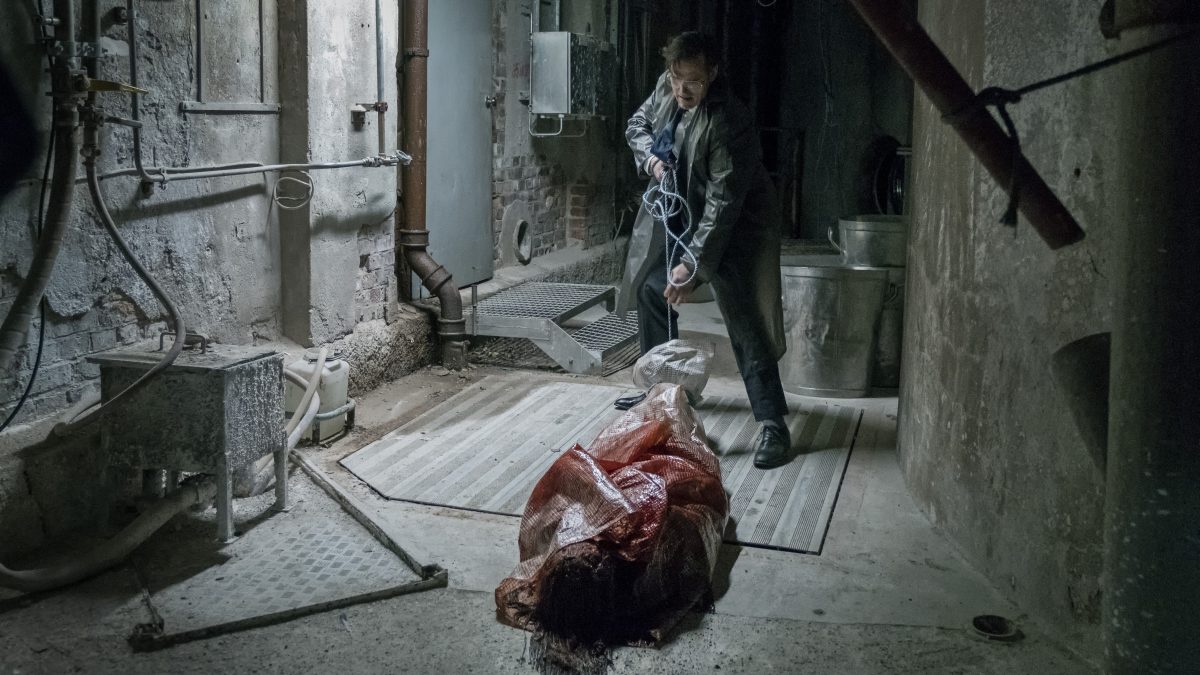
Check Out: All Lars von Trier Films, Ranked
Jack next takes his girlfriend and her two sons, “Grumpy” and George, on a hunting trip. He shoots both boys and tortures the mother before killing her as well. He later uses Grumpy’s body to create a grotesque sculpture, stretching his face into a forced smile.
What happens to Jacqueline?
Jack enters a toxic relationship with a woman named Jacqueline, whom he mistreats. They are seen talking through a phone connected by a red wire, symbolizing the East Asian idea of the “red thread” that binds destined lovers. During one drunken night, Jack confesses his crimes to her. Terrified, Jacqueline seeks help from a policeman, but he dismisses her as intoxicated. Jack later captures her, cuts off her breasts, pins one to the officer’s car, and turns the other into a wallet.
The House that Jack Built (2018) Movie Ending, Explained :
Who is Verge?
Obsessed with pushing his limits, Jack plans to kill six men in his freezer using a single bullet. One of his intended victims, a war veteran, warns that he needs the proper ammunition. Jack storms into a gun shop and angrily berates Al, the owner, for selling him the wrong kind. As Al reaches for the phone to alert SP, Jack visits SP to buy the correct bullets. When SP calls the police, Jack kills him and the responding officer. He then returns to his freezer, where he unseals a hidden chamber and meets Verge—the mysterious figure who has been observing him all along.
What is Jack’s fate?
Inside the freezer, Jack arranges the frozen bodies he has collected over the years into the shape of a house. As the police close in, he enters his creation and follows Verge through a hole in the floor, descending into Hell. The two arrive at the ninth circle, the center of Hell. Footage of the Kola Superdeep Borehole plays, referencing the legend of human screams heard from the underworld. A broken bridge spans a vast pit. Jack notices a staircase on the far side that seems to lead upward. Ignoring Verge’s warning, he tries to climb a rock wall to reach it, but slips and falls into the pit of Treachery. Verge watches silently as Jack disappears into the depths.
The House that Jack Built (2018) Movie Themes Analysed :
Art, Morality, and the Delusion of Genius
Stripped of its moral connotations, empathy becomes mere understanding. It is this understanding that prompts Von Trier to view Jack’s psyche from within, shaping the narrative almost like a first-person confession. The conversations with Virgil are ‘heard’ more than ‘seen,’ echoing the interior noise of Jack’s mind. What we witness visually are fragmented impressions—images assembled in the precise disorder of his consciousness. To Jack, murder is an art form. The act of killing is sacred because it lays the foundation for the grand masterpiece he imagines, his “works,” as he calls them.
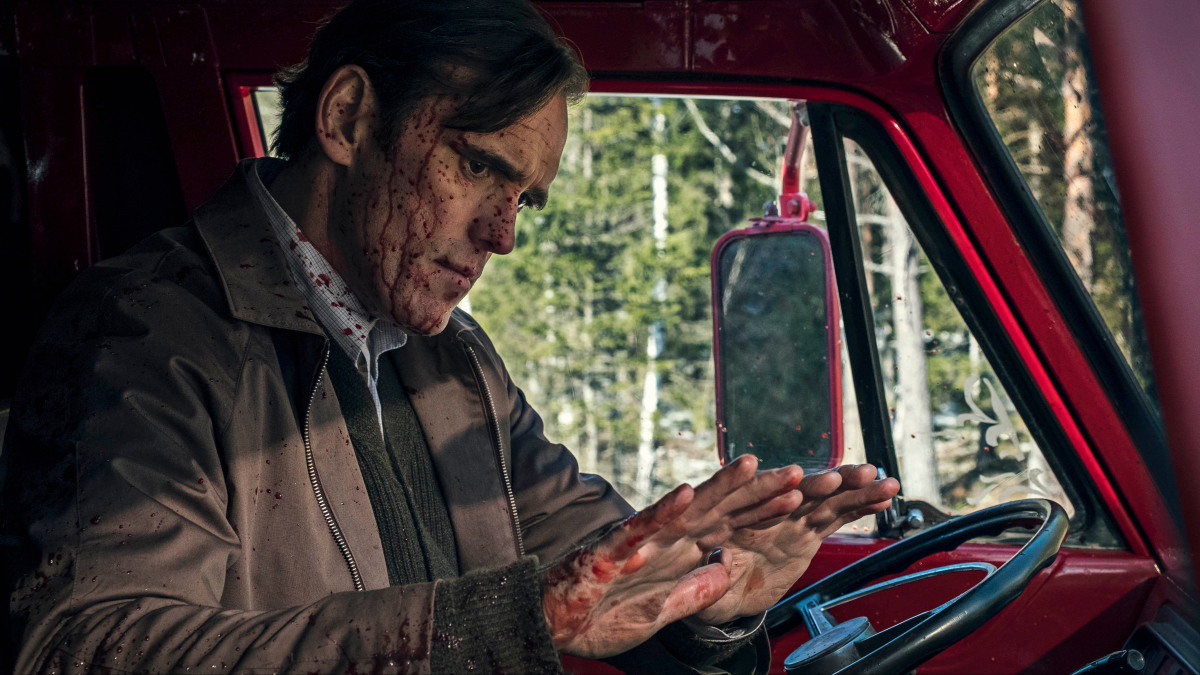
Also Read: The 10 Most Unsettling Movies You’ll Ever See
By placing this belief at the film’s core, Von Trier examines the uneasy bond between art and cruelty. The way artists justify suffering as a creative necessity is mirrored in the imagined genius of tyrants who saw brutality as vision. When Virgil questions Jack’s failed architectural career, he is really confronting his failed moral architecture. Jack’s “masterpieces” can’t endure; only the horror they manifest will.
The meta-layer is cutting. In crafting Jack’s character, Von Trier creates a serial killer who feels more authentic than many real ones. It’s as though authorship itself shifts midway—from Von Trier to Jack—testing if art can ever exist free of ego. It cannot, for even inspiration is born of vanity, and the film knows this all too well.
The Descent as Metaphor for Artistic Hubris
“The House That Jack Built” operates as a metatextual reflection on Dante’s Inferno. While the third act traces a literal passage through Hell, the deeper narrative twist lies in its confrontation with evil not through deeds but through articulation, i.e., how intellect itself becomes a mask for monstrosity. Jack’s descent mirrors his inward collapse under the weight of his own brilliance. It leaves him trapped within his emptiness, a portrait of the artist consumed by his creation.
That emptiness, denied rather than accepted, births the ego symbolized by his grotesque “house” of corpses. The house becomes a literal monument to the suffering that fuels egocentric art. Virgil’s role, echoing Dante’s guide, is steeped in irony. His criticism sounds like counsel, yet it is powerless to redeem. True guidance cannot reach a man convinced that intellect alone grants salvation. Jack belongs to no one, not to logic, morality, or even his own genius. His futile climb toward the staircase embodies the delusion that art, or intellect, can transcend damnation.
Hell as Existential Reckoning
Hell, in Von Trier’s vision, is not punishment, it’s realization. It isn’t the inferno beneath the earth, but the mirror of one’s own mind stripped of pretense. When Jack follows Verge into the pit, what he truly descends into is recognition. Every fragment of his life, every “incident,” returns to confront him in sequence. The structure of Hell becomes autobiographical. Each circle is a loop of memory he cannot edit, the final draft of a man who mistook creation for absolution.
Von Trier’s Hell has no fire, only awareness. Verge, calm and unflinching, stands not as judge but as witness, guiding Jack through the collapse of his own self-mythology. The broken bridge and unreachable staircase are not mythic obstacles but metaphors for the limits of intellect—the exact place where thought fails and truth begins. Jack’s attempt to climb toward the light is pure hubris, a final refusal to surrender.


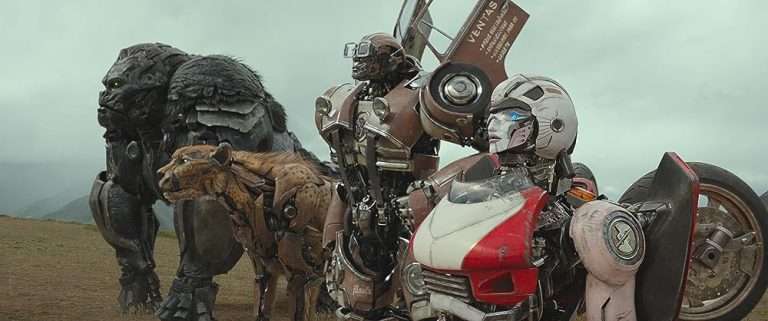

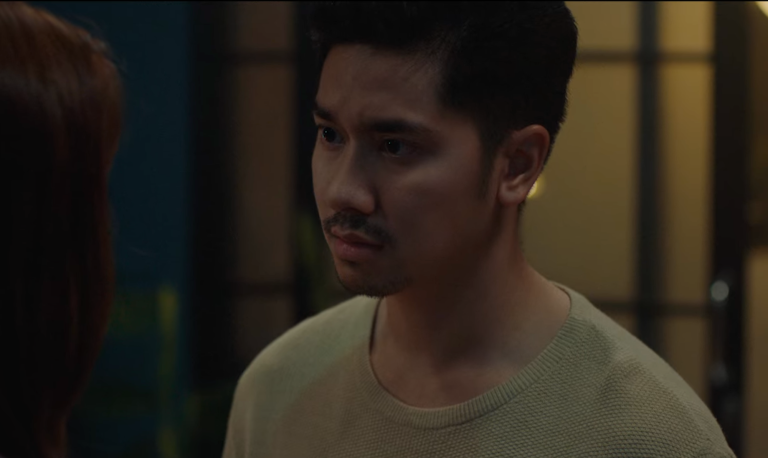
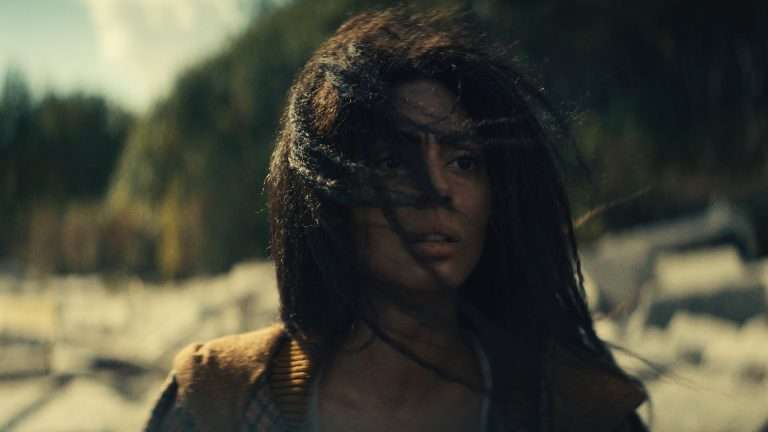
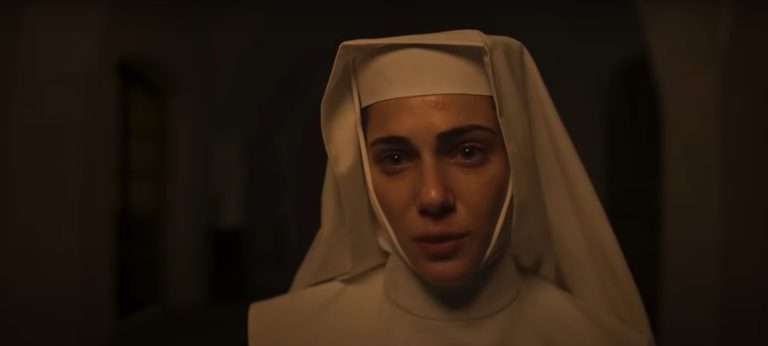
![Mahaan [2022] ‘Prime Video’ Review – Calling It ‘Ridiculous’ is an Understatement](https://79468c92.delivery.rocketcdn.me/wp-content/uploads/2022/02/Mahaan-2022-768x432.jpg)